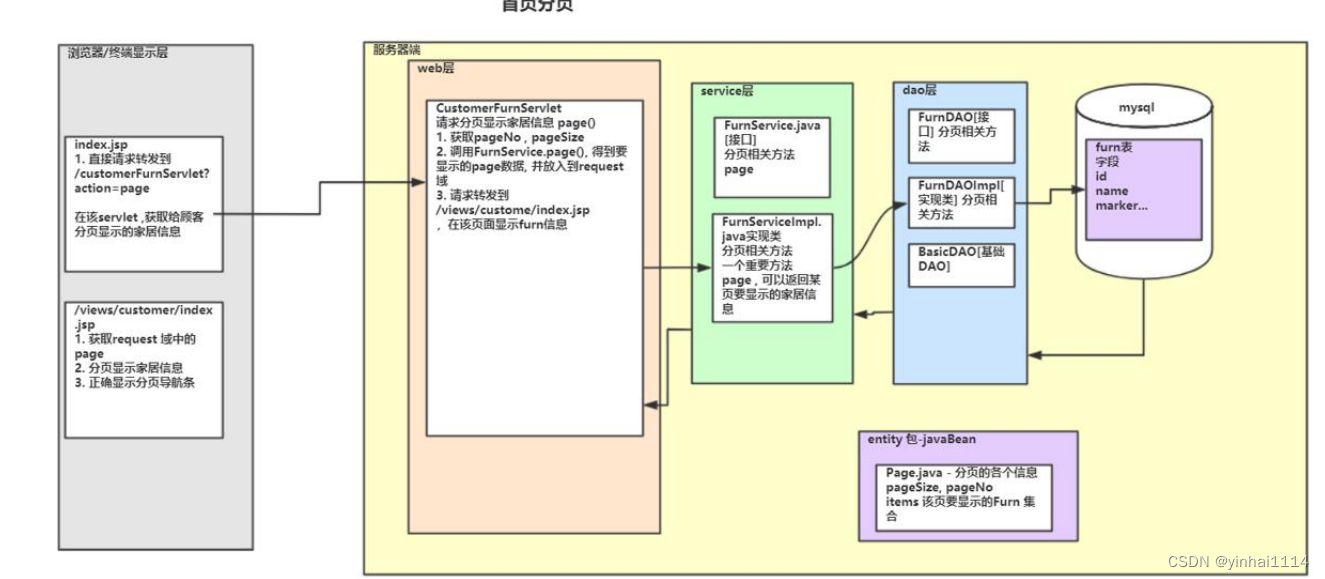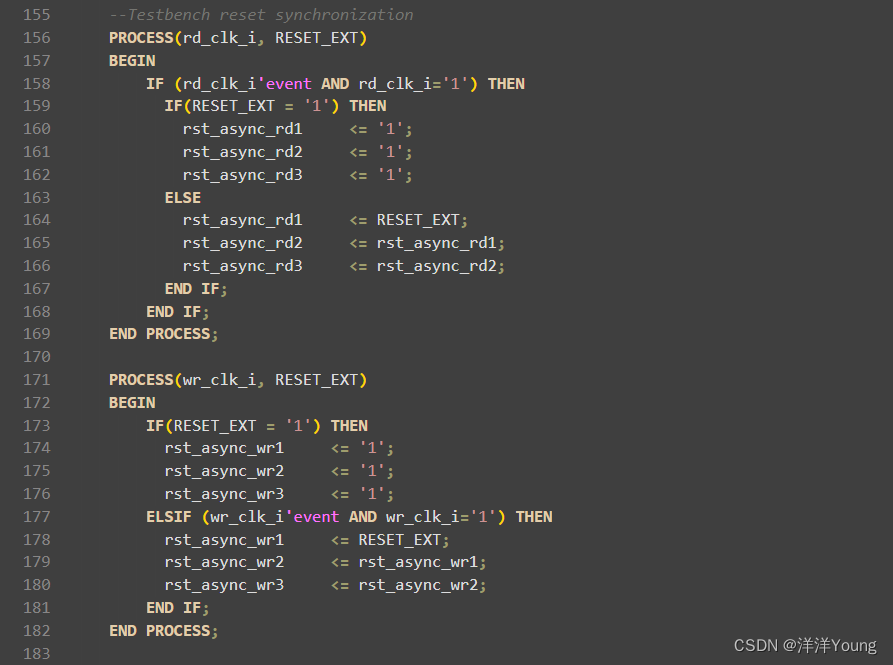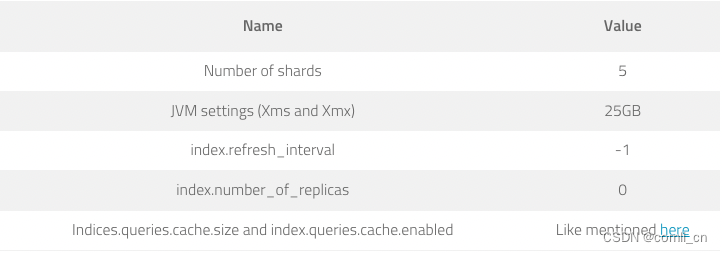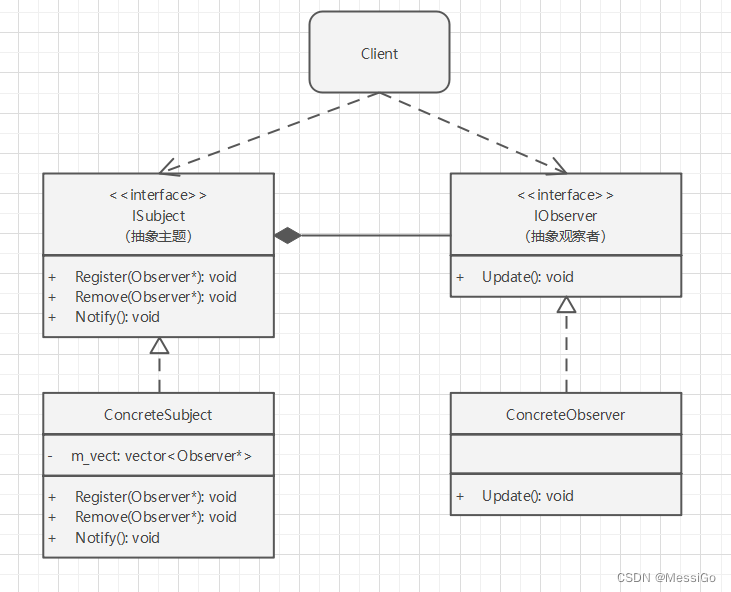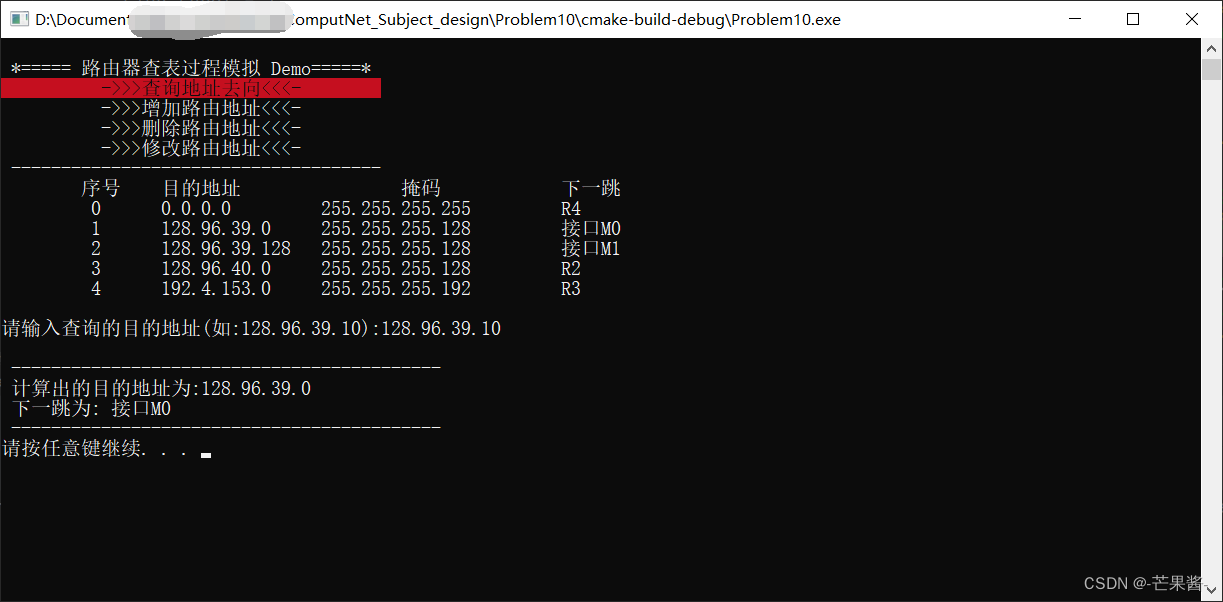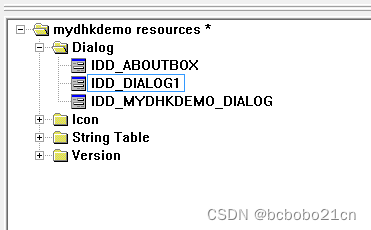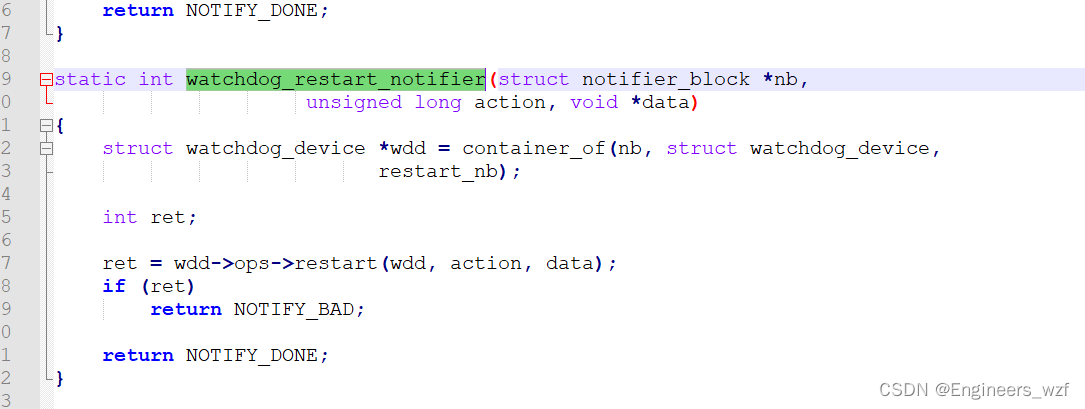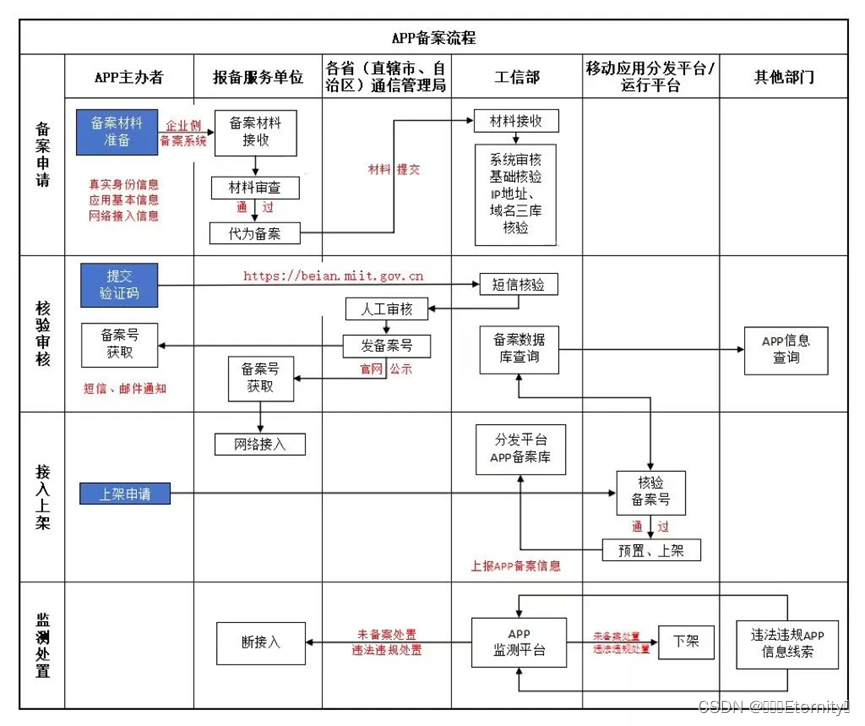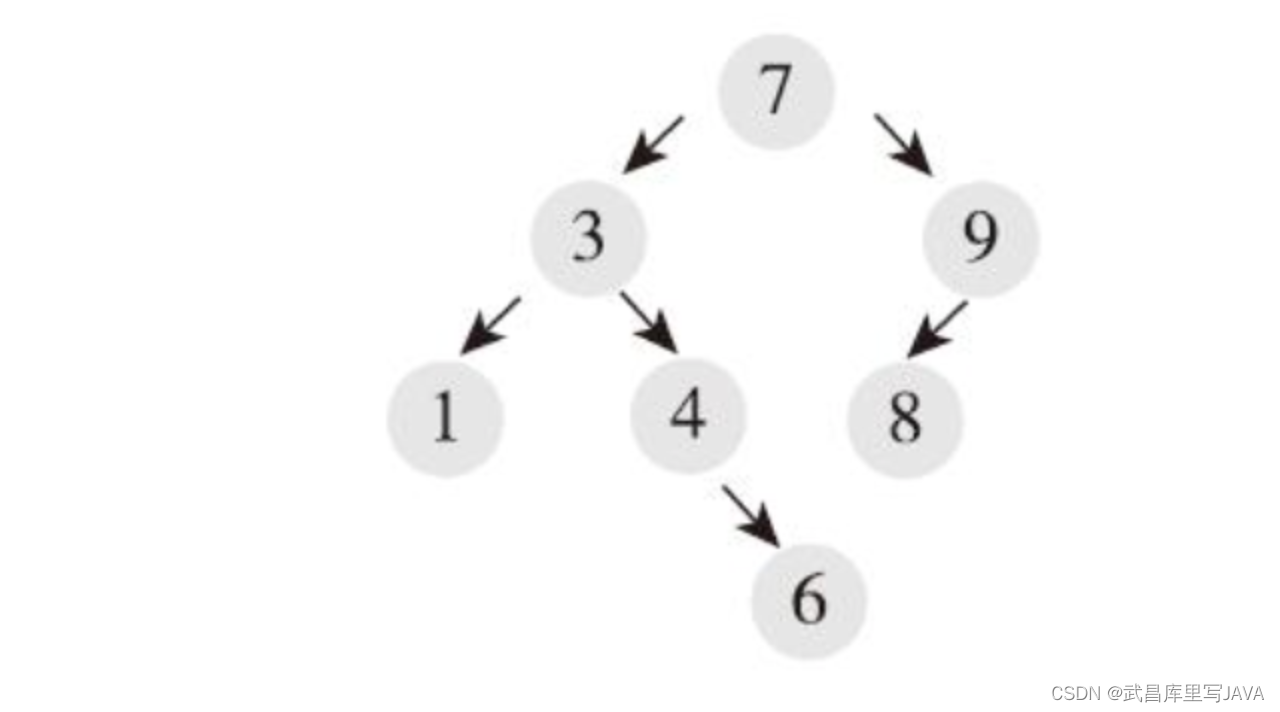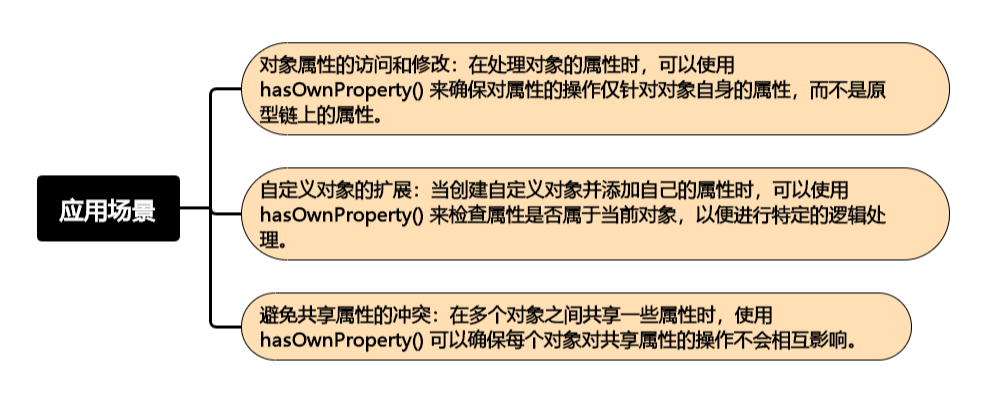1.安装libpcap
首先,下载最新的 libpcap 源代码。你可以从 tcpdump.org 获取最新版本
1 解压下载的libpcap
tar -zxvf libpcap-version.tar.gz
2 进入解压目录进行安装
cd libpcap-version
./configure
make
sudo make install
2 解析报文时间戳
#include <pcap/pcap.h>
#include <stdio.h>
int main() {
char errbuf[PCAP_ERRBUF_SIZE];
pcap_t *handle;
// 替换为你的网络接口名称,例如 "eth0"
char *dev = "eth3";
// 创建 pcap 句柄
handle = pcap_create(dev, errbuf);
if (handle == NULL) {
fprintf(stderr, "无法创建 pcap 句柄: %s\n", errbuf);
return 1;
}
// 设置纳秒级时间戳精度
if (pcap_set_tstamp_precision(handle, PCAP_TSTAMP_PRECISION_NANO) != 0) {
fprintf(stderr, "设置纳秒级时间戳精度失败: %s\n", pcap_geterr(handle));
// 也可以选择在这里退出,如果纳秒级别时间戳是必需的
}
// 激活 pcap 句柄
if (pcap_activate(handle) != 0) {
fprintf(stderr, "激活 pcap 句柄失败: %s\n", pcap_geterr(handle));
pcap_close(handle);
return 1;
}
// 检查实际的时间戳精度
int tstamp_precision = pcap_get_tstamp_precision(handle);
struct pcap_pkthdr *header;
const u_char *packet;
// 捕获循环
while (pcap_next_ex(handle, &header, &packet) >= 0) {
// 根据时间戳精度打印时间
if (tstamp_precision == PCAP_TSTAMP_PRECISION_NANO) {
printf("Timestamp: %ld seconds, %ld nanoseconds\n",
header->ts.tv_sec, header->ts.tv_usec);
} else {
printf("Timestamp: %ld seconds, %ld microseconds\n",
header->ts.tv_sec, header->ts.tv_usec);
}
}
pcap_close(handle);
return 0;
}
编译:
gcc -o packet_capture packet.c -I/custom/path/include -L/custom/path/lib -lpcap
-I/custom/path/include 告诉编译器在 /custom/path/include 目录中查找头文件。通常这是安装 libpcap 头文件的地方。
-L/custom/path/lib 告诉编译器在链接阶段查找库文件的 /custom/path/lib 目录。这是 .so 文件通常所在的位置。
-lpcap 指示编译器链接 libpcap 库
运行:
sudo ./packet_capture
效果:




